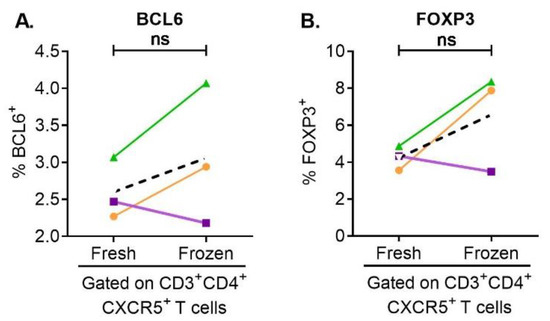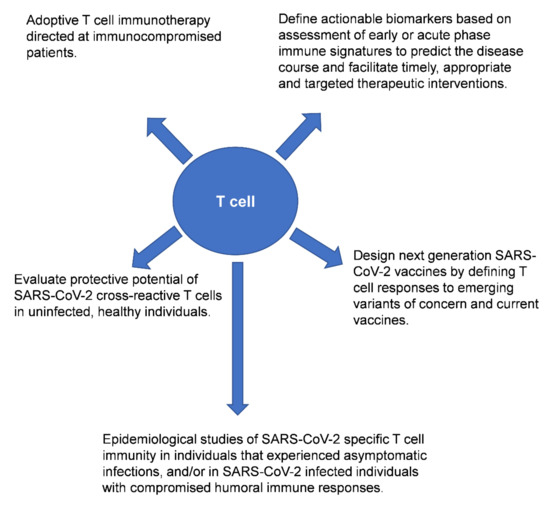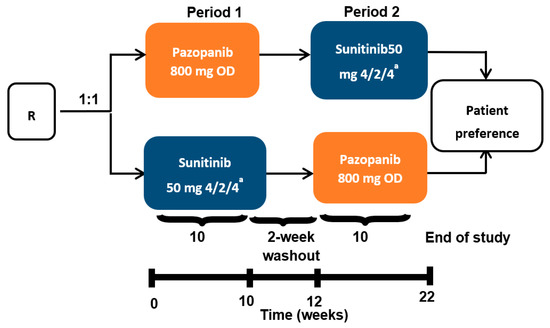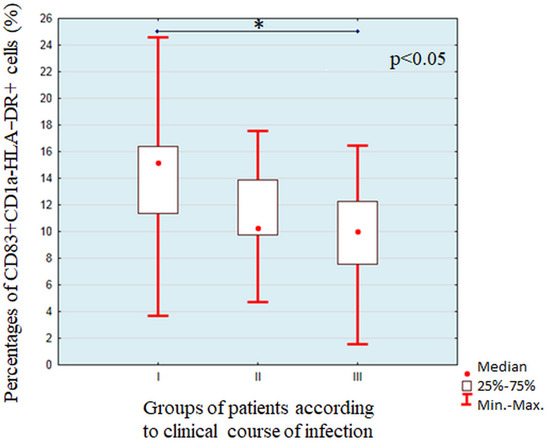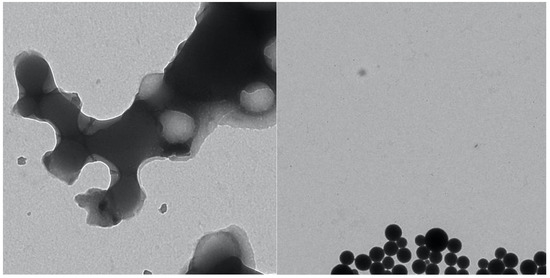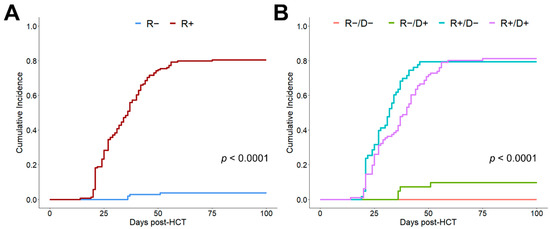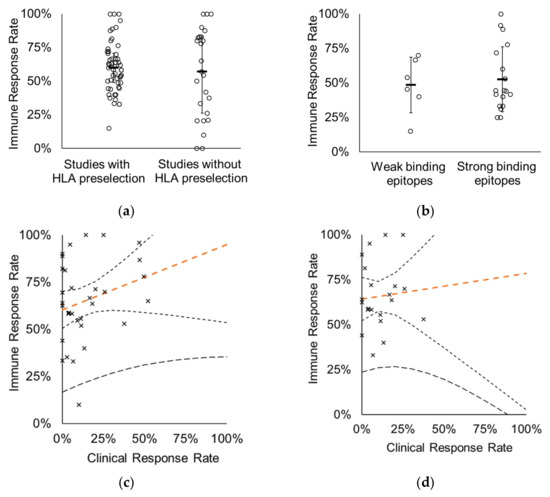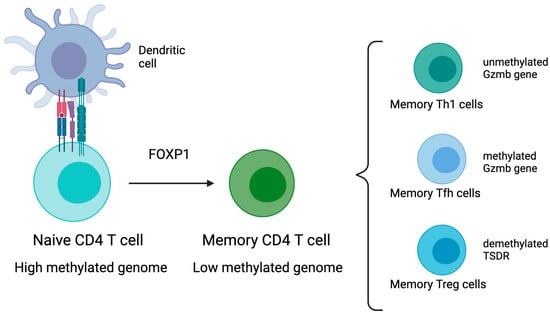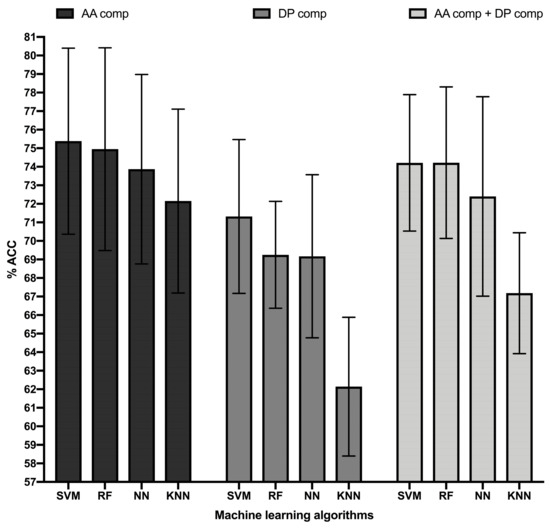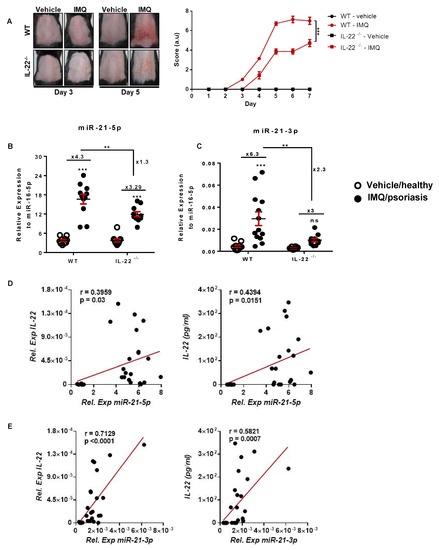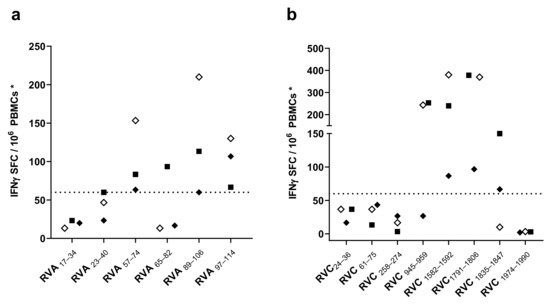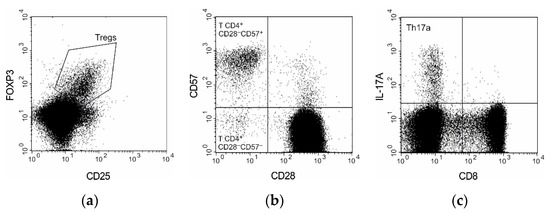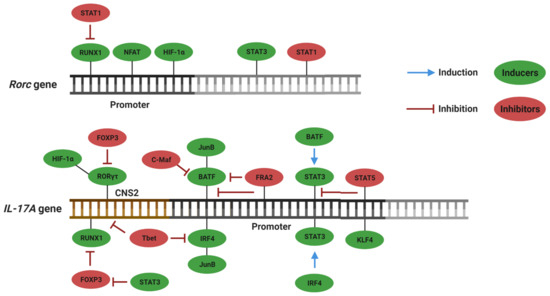Advances in Immune Monitoring (Closed)
A topical collection in Cells (ISSN 2073-4409). This collection belongs to the section "Cellular Immunology".
Viewed by 94134Editors
2. Department of Pathology, Case Western Reserve University, Cleveland, OH 44106, USA
Interests: HCMV; t cell
Special Issues, Collections and Topics in MDPI journals
Interests: B cells; flow cytometry; ELISPOT/FluoroSpot
Special Issues, Collections and Topics in MDPI journals
Topical Collection Information
Dear Colleagues,
The immune system responds to antigen encounters by mounting immune responses of various types, whereby the outcome may be either advantageous or even harmful to the host. Immune monitoring aims to define the magnitude and quality of antigen-specific T and B cell reactivity in a subject.
T cell immune monitoring critically depends upon the choice of peptides used for detection of antigen-specific cells. In this regard, there are presently two incompatible schools of thought prevailing in the T cell immune monitoring field. One maintains that peptides targeted by T cells (T cell epitopes) can reliably be predicted in silico based upon a subject’s HLA type, and that by extension, T cells in all individuals who share a particular HLA allele will respond in a dominant fashion to these select peptides. This assumption is at the core of T cell monitoring using peptide-MHC multimers for surface staining and identification of antigen-specific T cell populations. The other school of thought maintains that reliable immune monitoring is not possible using a limited number of peptides due to the inherent HLA diversity in the human population, the large number of potential T cell epitopes in complex antigens, and the unpredictable nature of T cell epitope dominance. As such, the latter school calls for agnostic T cell monitoring using mega peptide pools that encompass all potential epitopes of the antigen. As one primary focus, this collection invites contributions from various fields of immunology that help resolve this debate on reliable detection of antigen-specific T cell responses.
A central yet highly controversial issue for T cells immune monitoring is also how promiscuous T cell epitope recognition is. Are cross-reactivities common, as some claim, or are they very rare, as others maintain? How common are false positive T cell assay results in subjects who have not been exposed to a foreign antigen? Are autoantigen/tumor-associated antigen-reactive T cells frequently found in a primed state in healthy subjects? We are inviting manuscripts that help in progress resolving the specificity debate.
B cell immune monitoring has traditionally relied upon serum antibody measurements, and not upon the assessment of memory B cells that can give rise to subsequent antibody responses. Importantly, immunoglobin proteins are short-lived products derived from differentiated plasma cells and require continuous replenishment for maintenance. Moreover, since antibody levels can wane in the absence of antigen re-exposure, the lack of serum antibody reactivity may not be a reliable indicator of the host’s ability to engage in a rapid secondary antibody response upon reactivation of antigen-specific memory B cells. In this context, and as an additional focus of this collection, we invite contributions that address the concordance or discordance of seropositivity with direct assessment of B cell memory.
In this Special Issue, original research articles and reviews on the above topics are invited. Articles will be peer-reviewed and published in the open access journal Cells (Impact Factor 5.656, ISSN 2073-4409). We look forward to your contributions.
Dr. Paul V. Lehmann
Dr. Greg A. Kirchenbaum
Guest Editors
Manuscript Submission Information
Manuscripts should be submitted online at www.mdpi.com by registering and logging in to this website. Once you are registered, click here to go to the submission form. Manuscripts can be submitted until the deadline. All submissions that pass pre-check are peer-reviewed. Accepted papers will be published continuously in the journal (as soon as accepted) and will be listed together on the collection website. Research articles, review articles as well as short communications are invited. For planned papers, a title and short abstract (about 100 words) can be sent to the Editorial Office for announcement on this website.
Submitted manuscripts should not have been published previously, nor be under consideration for publication elsewhere (except conference proceedings papers). All manuscripts are thoroughly refereed through a single-blind peer-review process. A guide for authors and other relevant information for submission of manuscripts is available on the Instructions for Authors page. Cells is an international peer-reviewed open access semimonthly journal published by MDPI.
Please visit the Instructions for Authors page before submitting a manuscript. The Article Processing Charge (APC) for publication in this open access journal is 2700 CHF (Swiss Francs). Submitted papers should be well formatted and use good English. Authors may use MDPI's English editing service prior to publication or during author revisions.
Keywords
- T cell specificity
- T cell cross-reactivity
- T cell epitope dominance
- T cell epitope prediction
- Multimers (tetramers/pentamers/dextramers).
- ELISPOT/Fluorospot/ImmunoSpot
- Immune Diagnostic
- Vaccines
- Infections
- Autoimmunity
- T cell memory
- B cell memory
Related Special Issue
Planned Papers
The below list represents only planned manuscripts. Some of these manuscripts have not been received by the Editorial Office yet. Papers submitted to MDPI journals are subject to peer-review.
Title: Monitoring excessive neutrophil extracellular traps in association with treatment responses of severe, lupus nephritis patients
Authors: Y.K.O. Teng
Affiliation: Department of Nephrology
Leiden University Medical Center
Abstract: /









